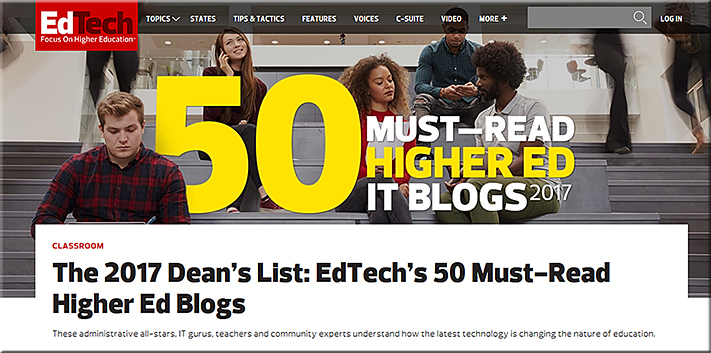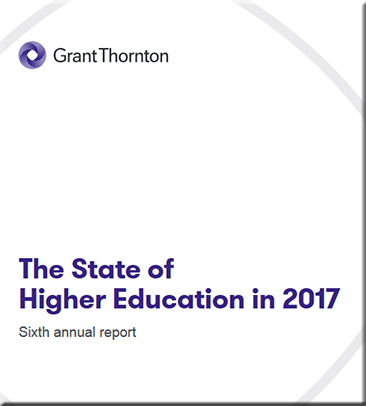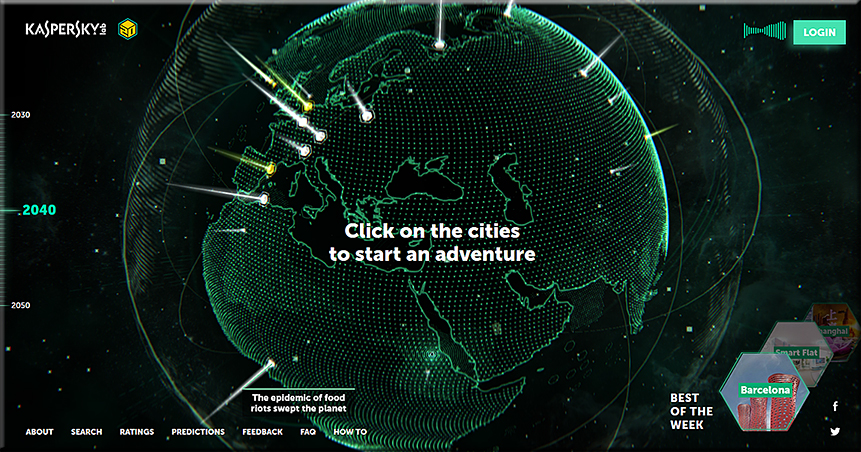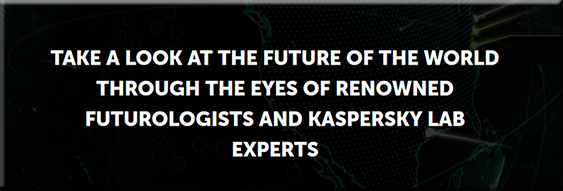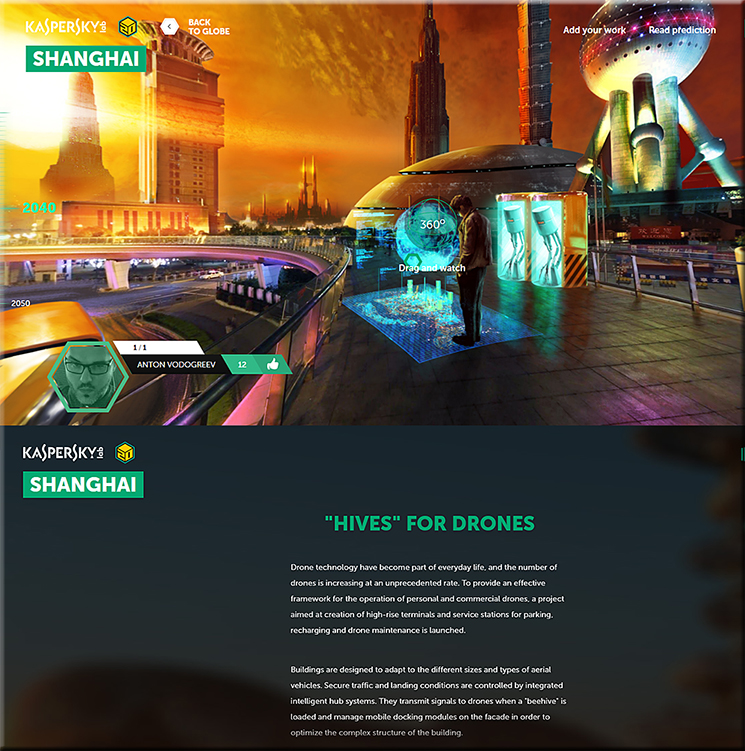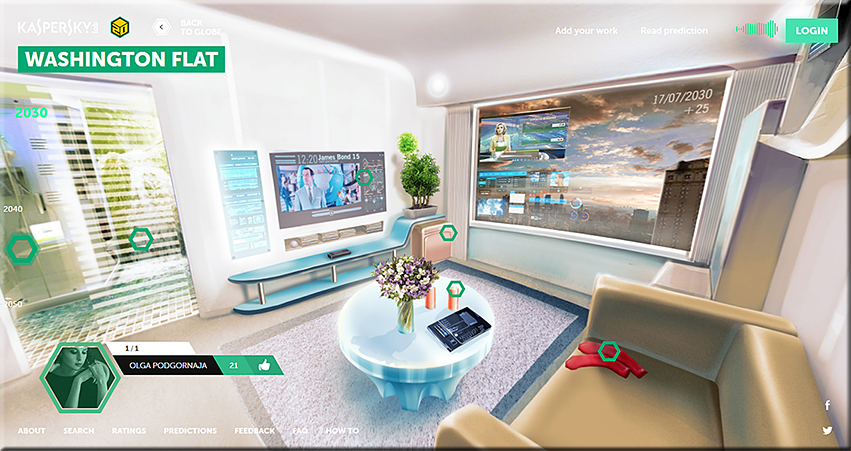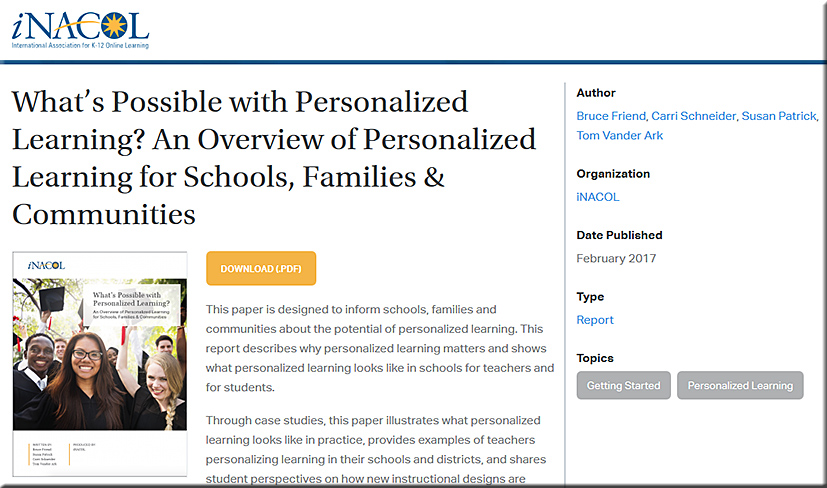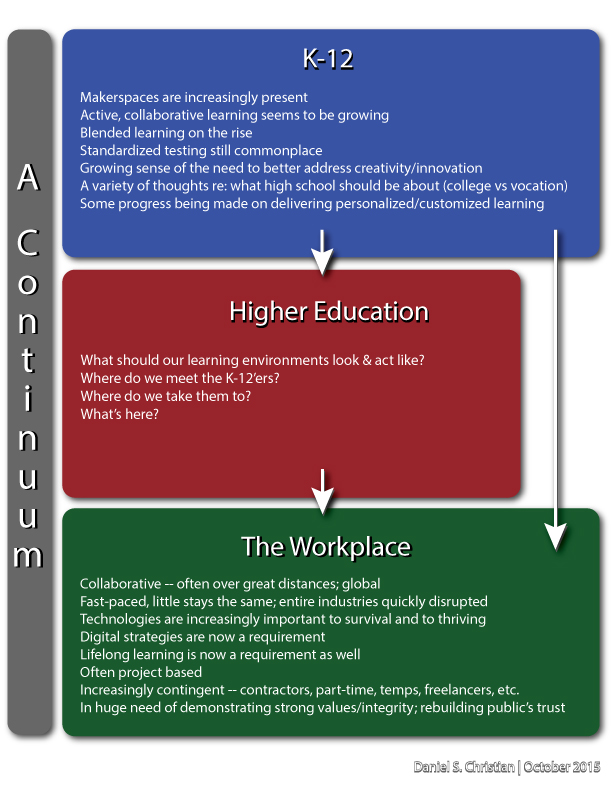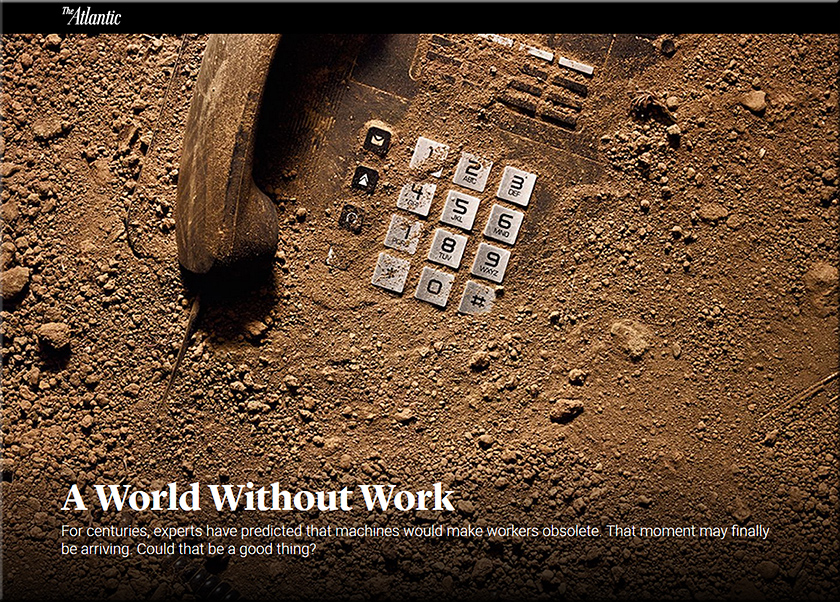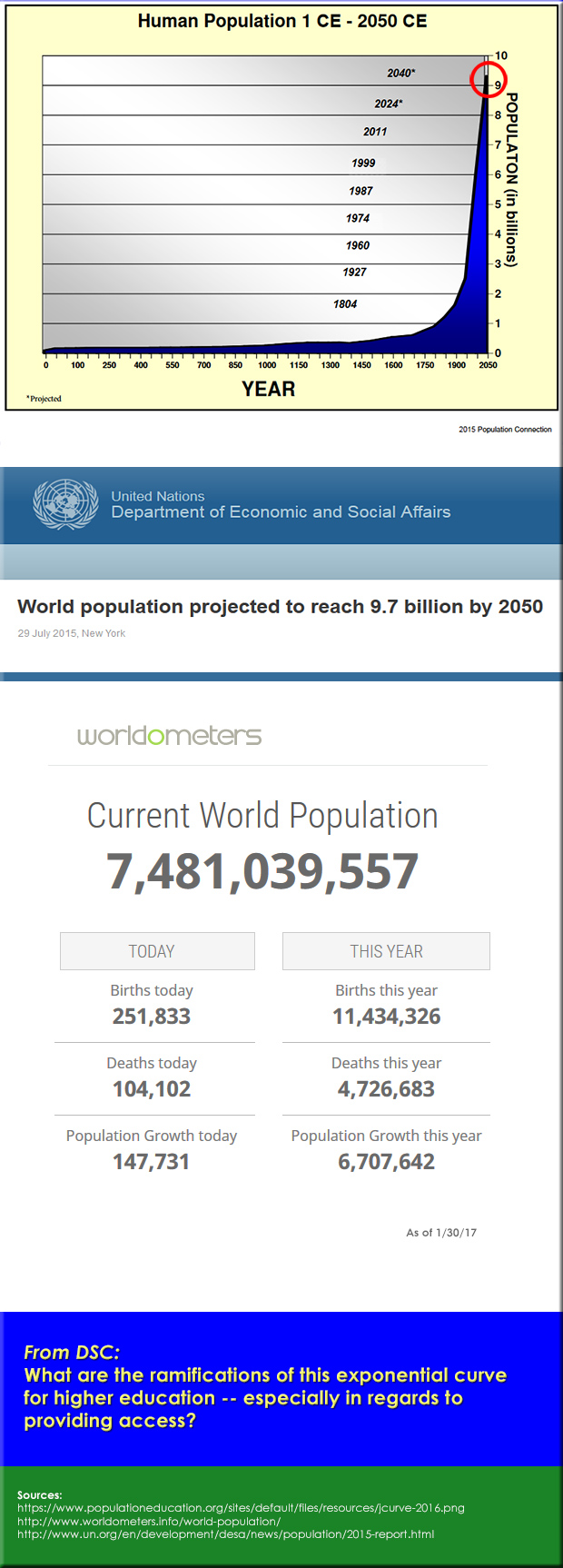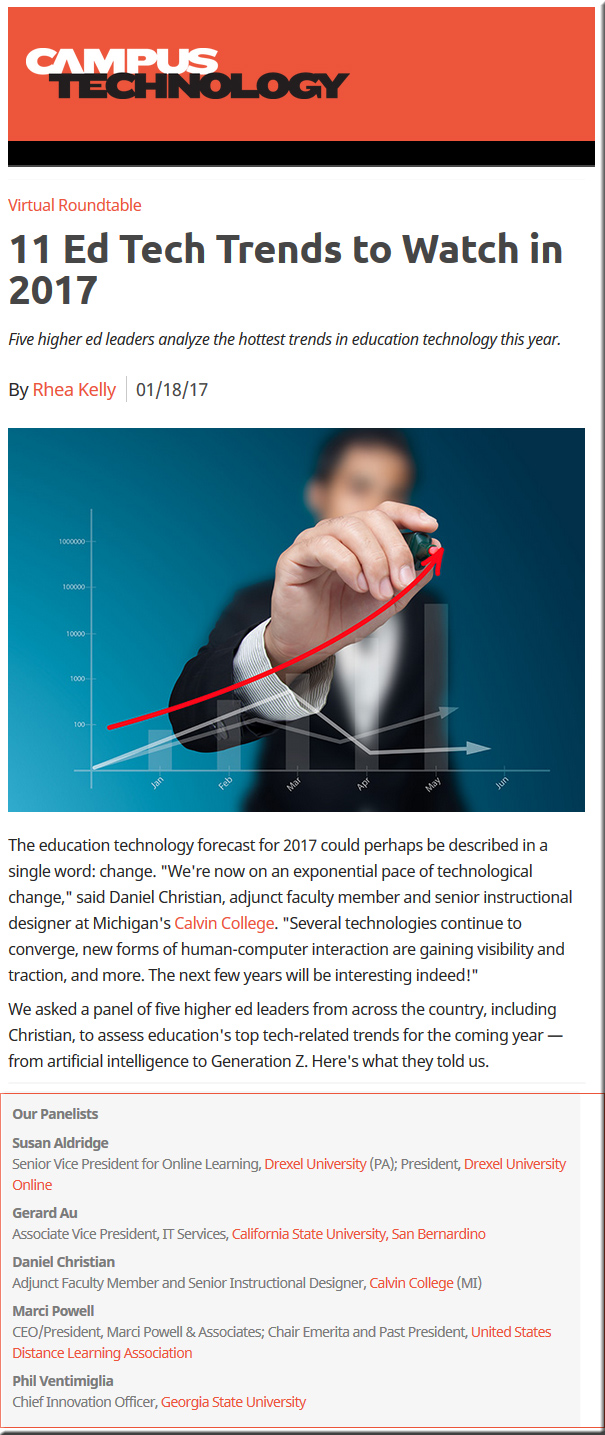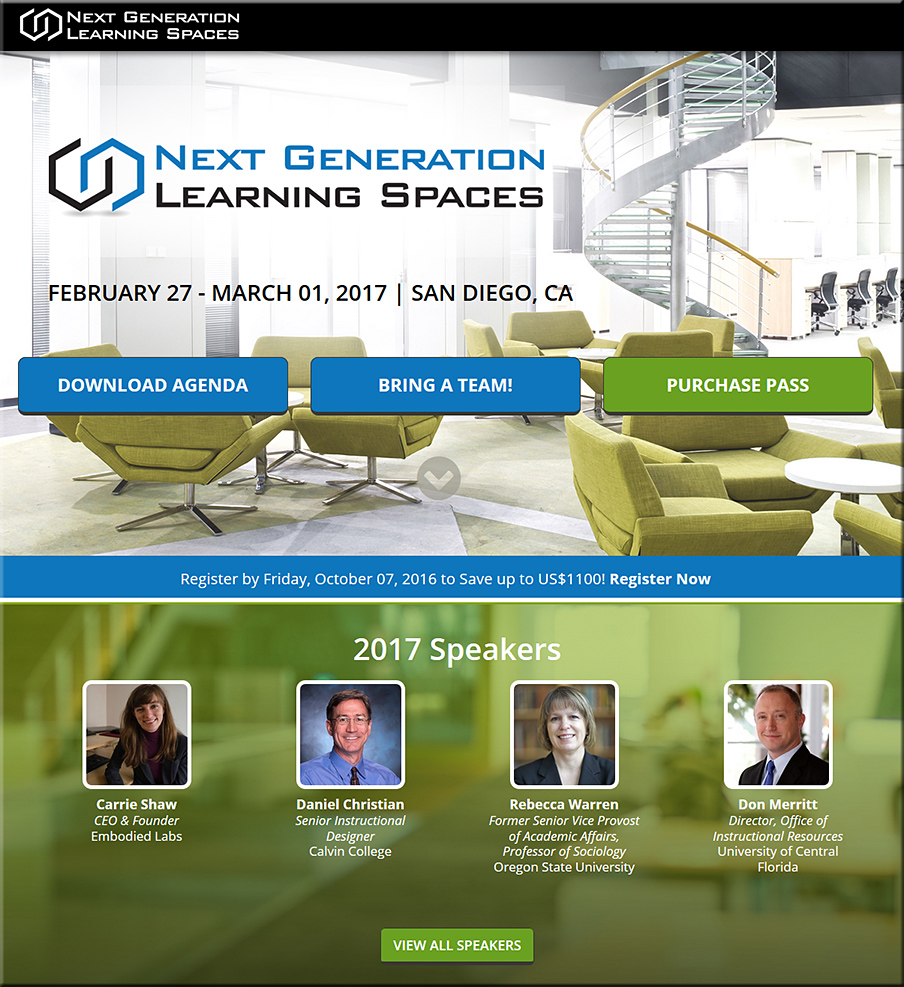From DSC:
Readers of this Learning Ecosystems blog will recognize the following graphic:

I have long believed that each of us needs to draw from the relevant streams of content that are constantly flowing by us — and also that we should be contributing content to those streams as well. Such content can come from blogs, websites, Twitter, LinkedIn, podcasts, YouTube channels, Google Alerts, periodicals, and via other means.
I’m a big fan of blogging and using RSS feeds along with feed aggregators such as Feedly. I also find that Twitter, LinkedIn, and Google Alerts to be excellent means of tapping into — and contributing to — these streams of content. (See Jane Hart’s compilations to tap into other tools/means of learning as well.)
This perspective is echoed in the following article at the Harvard Business Review:
- Help Employees Create Knowledge — Not Just Share It — from hbr.org by John Hagel III and John Seely Brown
Excerpt:
Without diminishing the value of knowledge sharing, we would suggest that the most valuable form of learning today is actually creating new knowledge. Organizations are increasingly being confronted with new and unexpected situations that go beyond the textbooks and operating manuals and require leaders to improvise on the spot, coming up with new approaches that haven’t been tried before. In the process, they develop new knowledge about what works and what doesn’t work in specific situations. We believe the old, “scalable efficiency” approach to knowledge needs to be replaced with a new, more nimble kind of “scalable learning.” To foster the latter, managers should understand five essential distinctions…
We need to be constantly challenging our assumptions and beliefs about what is required to achieve impact because, as the world changes, what used to work in the past may no longer work.
— Hagel and Brown
So whether you are working or studying within the world of higher education, or whether you are in the corporate world, or working in a governmental office, or whether you are a student in K-12, you need to be drawing from — and contributing your voice/knowledge to — streams of content.
In fact, in my mind, that’s what Training/L&D Departments should shift their focus to, as employees are already self-motivated to build their own learning ecosystems. And in the world of higher education, that’s why I work to help students in my courses build their own online-based footprints, while encouraging them to draw from — contribute to — these streams of content. As more people are becoming freelancers and consultants, it makes even more sense to do this.
But when we recognize that the environment around us is rapidly changing, skills have a shorter and shorter half-life. While skills are still necessary for success, the focus should shift to cultivating the underlying capabilities that can accelerate learning so that new skills can be more rapidly acquired. These capabilities include curiosity, critical thinking, willingness to take risk, imagination, creativity, and social and emotional intelligence. If we can develop those learning capabilities, we should be able to rapidly evolve our skill sets in ways that keep us ahead of the game.
— Hagel and Brown









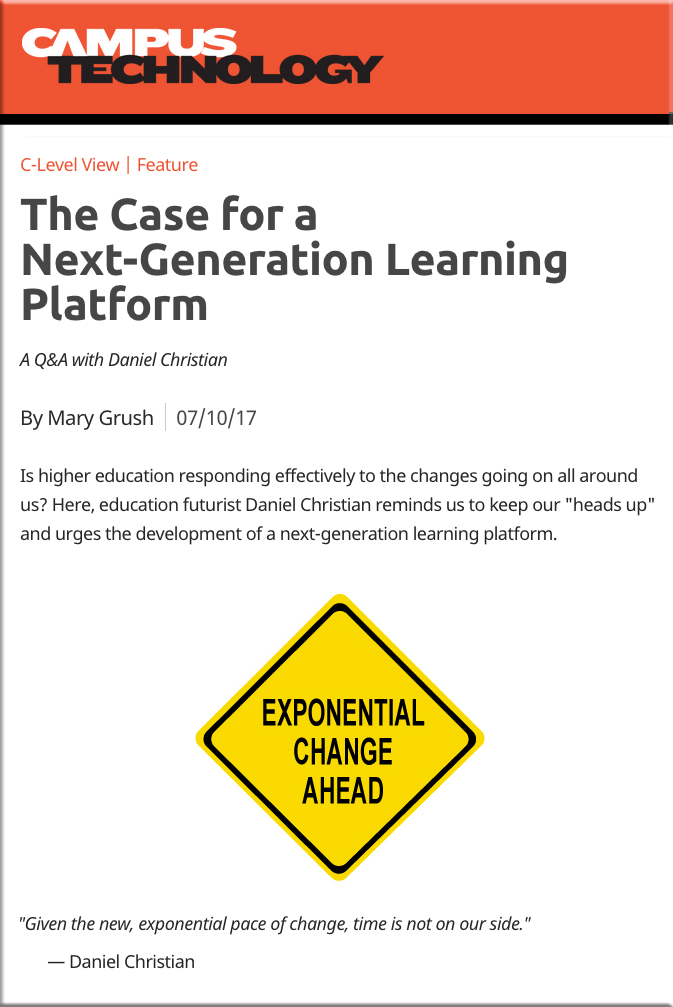
![The Living [Class] Room -- by Daniel Christian -- July 2012 -- a second device used in conjunction with a Smart/Connected TV](http://danielschristian.com/learning-ecosystems/wp-content/uploads/2012/07/The-Living-Class-Room-Daniel-S-Christian-July-2012.jpg)

